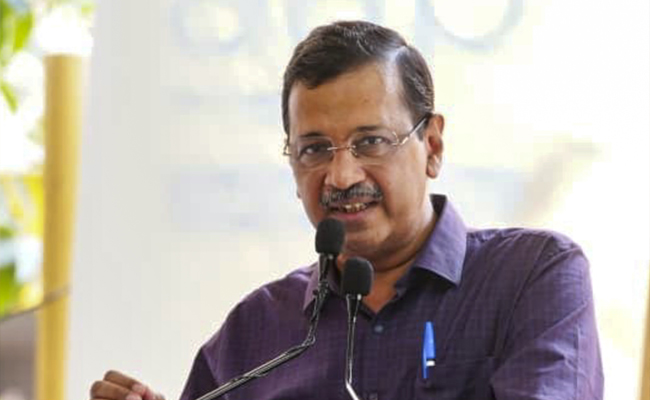Sriharikota (AP), Nov 29: ISRO's workhorse rocket PSLV-C43 Thursday successfully injected into orbit India's earth observation satellite HysIS along with 30 co-passenger satellites from eight countries.
The rocket lifted off majestically into cloudy skies in a burst of orange flames at 9.57 am from the first launch pad at this spaceport at the end of a 28-hour countdown.
The HysIS was placed into orbit 17 minutes and 27 seconds after lift-off.
ISRO chief K Sivan and the space agency's scientists broke into cheers as the earth observation satellite was injected into sun-synchronous polar orbit.
During the launch however, scientists had to restart the fourth stage engine twice for placing the 30 co-passenger satellites. According to an official, the fourth stage engine was cut off after the earth observation satellite was separated at an altitude of 636.3 km.
Scientists also had to reduce the altitude from 636 km to around 504 km to place the 30 satellites in the sun-synchronous polar orbit one by one.
The mission was one of the longest mission for ISRO.
A similar operation was undertaken when scientists injected eight different satellites including the country's weather satellite SCATSAT-1 and five from other nations in two different orbits on September 25, 2016.
The primary mission of the Hyperspectral Imaging Satellite (HysIS), whose life is five years, is to study the earth's surface in visible, near infrared and shortwave infrared regions of the electromagnetic spectrum.
It is the primary satellite of the PSLV-C43 mission, which is on its 45th flight.
The mass of the spacecraft is about 380 kg, and the satellite would be placed in 636 km-polar sun synchronous orbit with an inclination of 97.957 degrees, ISRO said.
The co-passenger satellites have been contracted for launch through ISRO's commercial arm Antrix Corporation Limited.
PSLV-C43, is the 'Core Alone' version of PSLV. It is the lightest version of the launch vehicle.
This is ISRO's second launch in the month.
The space agency had launched its communication satellite GSAT-29 on board GSLV MkIII-D2 on November 14.
Let the Truth be known. If you read VB and like VB, please be a VB Supporter and Help us deliver the Truth to one and all.
Panaji (PTI): As part of a crackdown against tourist establishments violating laws and safety norms in the aftermath of the Arpora fire tragedy, Goa authorities on Saturday sealed a renowned club at Vagator and revoked the fire department NOC of another club.
Cafe CO2 Goa, located on a cliff overlooking the Arabian Sea at Vagator beach in North Goa, was sealed. The move came two days after Goya Club, also in Vagator, was shut down for alleged violations of rules.
Elsewhere, campaigning for local body polls, AAP leader Arvind Kejriwal said the fire incident at Birch by Romeo Lane nightclub at Arpora, which claimed 25 lives on December 6, happened because the BJP government in the state was corrupt.
An inspection of Cafe CO2 Goa by a state government-appointed team revealed that the establishment, with a seating capacity of 250, did not possess a no-objection certificate (NOC) of the Fire and Emergency Services Department. The club, which sits atop Ozrant Cliff, also did not have structural stability, the team found.
The Fire and Emergency Services on Saturday also revoked the NOC issued to Diaz Pool Club and Bar at Anjuna as the fire extinguishers installed in the establishment were found to be inadequate, said divisional fire officer Shripad Gawas.
A notice was issued to Nitin Wadhwa, the partner of the club, he said in the order.
Campaigning at Chimbel village near Panaji in support of his party's Zilla Panchayat election candidate, Aam Aadmi Party leader Kejriwal said the nightclub fire at Arpora happened because of the "corruption of the Pramod Sawant-led state government."
"Why this fire incident happened? I read in the newspapers that the nightclub had no occupancy certificate, no building licence, no excise licence, no construction licence or trade licence. The entire club was illegal but still it was going on," he said.
"How could it go on? Couldn't Pramod Sawant or anyone else see it? I was told that hafta (bribe) was being paid," the former Delhi chief minister said.
A person can not work without bribing officials in the coastal state, Kejriwal said, alleging that officers, MLAs and even ministers are accepting bribes.





